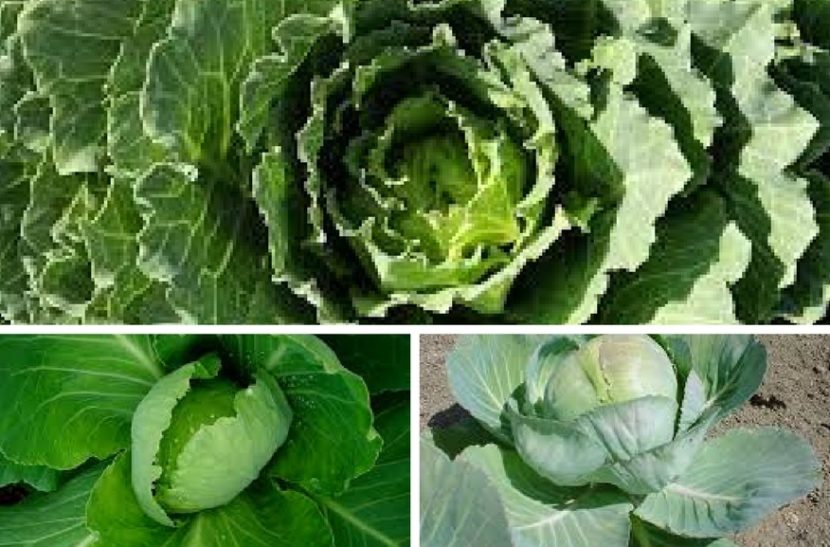Brassica oleracea
Cultivation
Grow from seedlings, similar like cabbage.
Distance between plants
At least 50 cm (20 in) between rows and at least 50 cm (20 in) between plants in a row – or less for smaller Savoy cabbage heads.
Location
Sunny to half-shade.
Amount
Approx. five plants per person.
Time of planting
From March to mid June. It germinates in 10 days.
Fertilization
Fertilize with barn manure or home compost. Grow in the first field. If you fertilize with nitrogen, stop at the end of August or when the plants start to form heads. In September, use foliage fertilizer with potassium and calcium.
Watering
It doesn’t need watering, except when transplanted in drought.
Savoy cabbage’s good neighbors
Beans, peas, Swiss chard, broad beans, potatoes, lettuce, celery, spinach.
Savoy cabbage’s bad neighbors
Onion, tomatoes.
Diseases and pests
It is not sensitive. It only gets attacked by black rot of crucifers. Don’t store the affected plants. It is good to regularly till the soil, prevent the keeping of water, water with algae brew and not to plant crucifers in the same place for four years.
Savoy cabbage’s storage
Cut regularly when needed. Its flavor develops better when the plant is caught by the first winter cold. Store in the garden as long as possible, in mild winter even until January. It can be planted in sand in a moist basement or wrapped in moist paper towels and stored in crates to last until spring.
Food
Use the leaves. Because of their high vitamin and mineral content they are an important part of the winter menu.
Important
The earlier sorts are ripe in 60 days, the latest ones in 180 days. Due to its resistance to cold it can be cultivated for late fall or winter use.
Miscellaneous
It is similar to cabbage in form and in cultivating method as well. It can survive cold easier due to its wrinkled leaves, even if the outer ones turn black.

